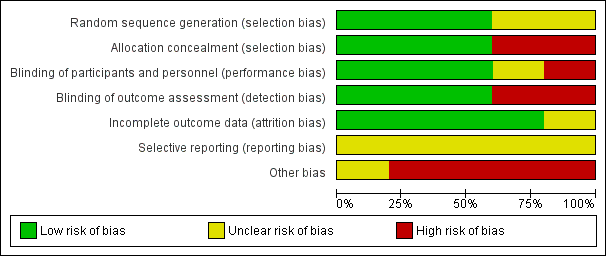Contenido relacionado
Revisiones y protocolos relacionados
Tess E Cooper, Sheena Derry, Philip J Wiffen, R Andrew Moore | 3 enero 2017
Ying C Cheong, Grisham Smotra, Amanda C de C Williams | 5 marzo 2014
Jian Lee Yeong, Emma Loveman, Jill L Colquitt, Pamela Royle, Norman Waugh, Noemi Lois | 17 diciembre 2020
Mattias Linde, Wim M Mulleners, Edward P Chronicle, Douglas C McCrory | 24 junio 2013
Afarin Rahimi‐Movaghar, Jaleh Gholami, Laura Amato, Leila Hoseinie, Reza Yousefi‐Nooraie, Masoumeh Amin‐Esmaeili | 21 junio 2018
Gabriel Rada, Daniel Capurro, Tomas Pantoja, Javiera Corbalán, Gladys Moreno, Luz M Letelier, Claudio Vera | 8 septiembre 2010
Jia Liu, Lu‐Ning Wang, Ewan D McNicol | 9 abril 2015
Jennifer Burr, Augusto Azuara‐Blanco, Alison Avenell, Anja Tuulonen | 12 septiembre 2012
Philip J Wiffen, Sheena Derry, R Andrew Moore, Dominic Aldington, Peter Cole, Andrew SC Rice, Michael PT Lunn, Katri Hamunen, Maija Haanpaa, Eija A Kalso | 11 noviembre 2013
Henry OD Ejere, Ellen Schwartz, Richard Wormald, Jennifer R Evans | 15 agosto 2012




